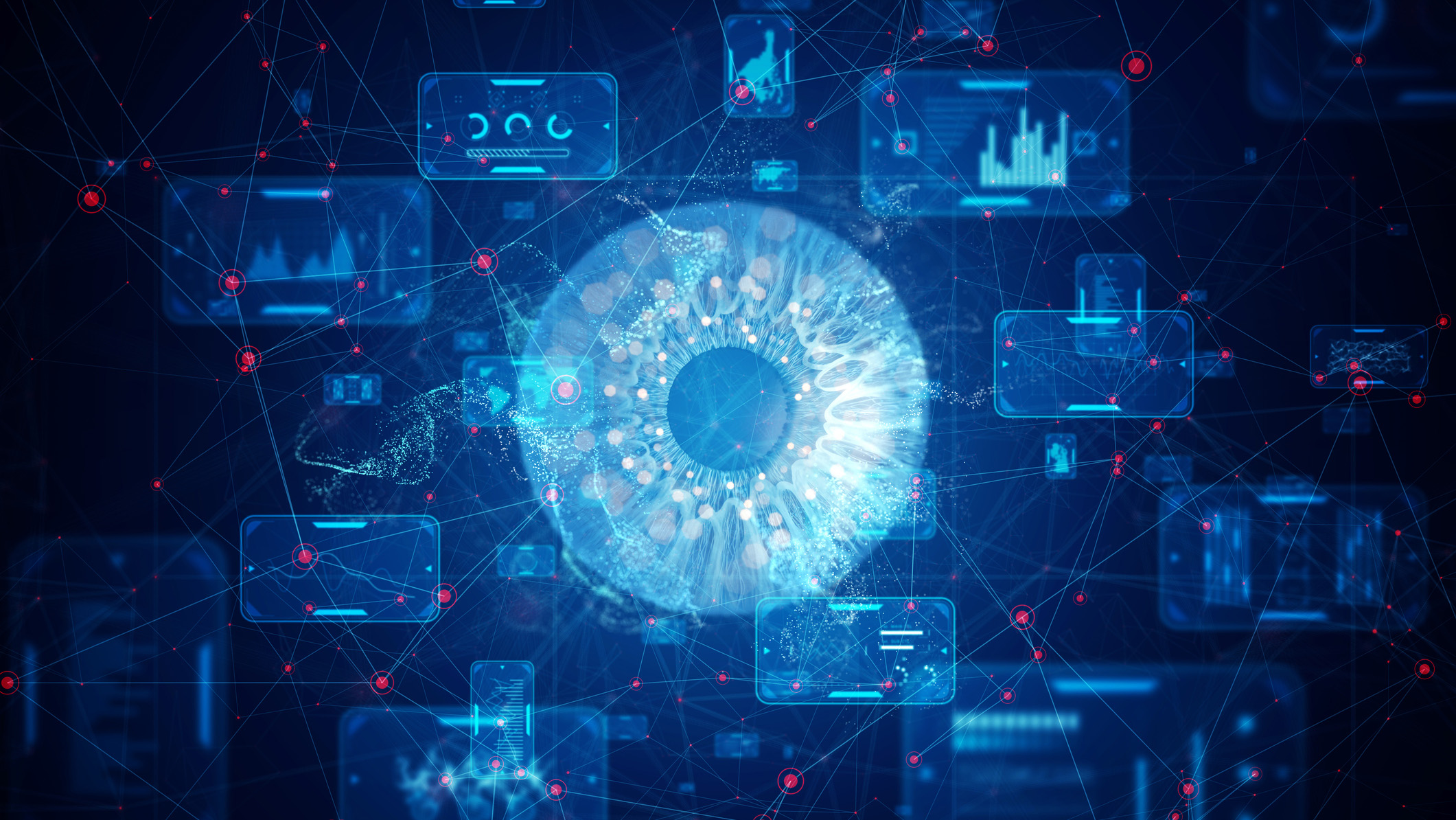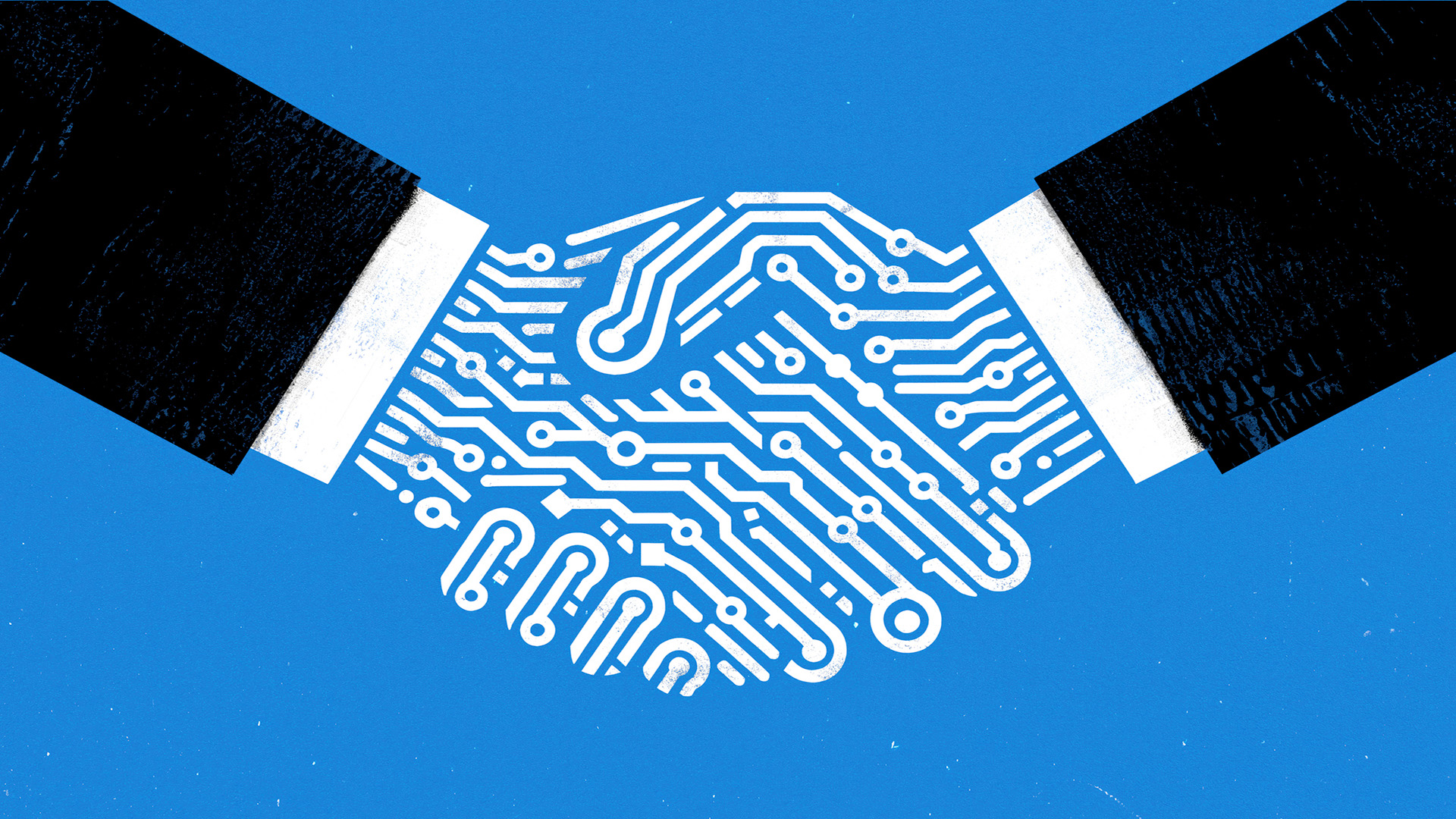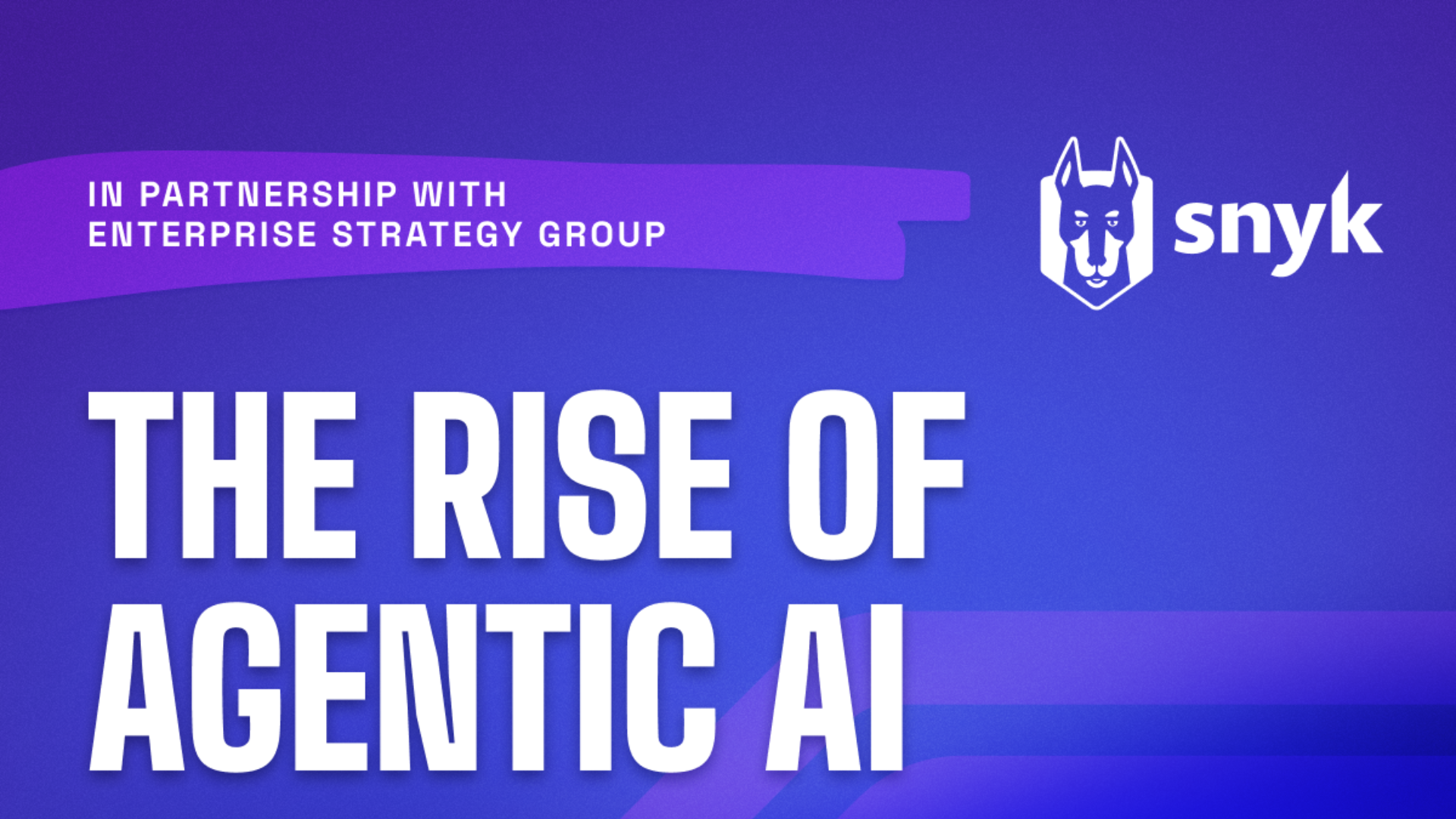Does computer vision have strong business potential?
Computer vision is a technology that allows machines to ‘see’ – and it’s already transforming the way industries such as manufacturing and healthcare work

Computer vision is a well-understood field of technological development, in which computer systems derive contextual information from digital images, videos, physical scans, or other visual data.
Having been kickstarted in the 1960s, computer vision has been a focus of researchers for than a half-century. From the artificial neural networks of the 1970s through to today’s multimodal AI models capable of drawing out information from images, it’s become a key plank of data collection and processing.
Across business, this has huge potential. By combining machine learning (ML) with neural networks, systems are taught to understand meaningful interpretations of what they ‘see’, usually to detect issues or defects.
For example, in manufacturing this might spot car parts on a production line that were badly made, while in medicine it might flag early warning signs of cancer. Within logistics, computer vision might also identify pallets or boxes needing to be delivered, helping autonomous robots automatically collect them from a specific warehouse shelf.
Research from Panasonic Connect Europe, which surveyed 300 senior decision makers responsible for digital transformation, found manufacturing leaders predict AI-powered computer vision applications will deliver a 52% increase in productivity over the next three years.
The top three critical operations it benefits were cited as repairs and maintenance, quality control testing or inspections, and production line monitoring or inspections including welding.
Juan Bernabe Moreno, director of IBM Research in the UK and Ireland, suggests industries will gain huge time-savings. “IBM’s Supply Chain Engineering team developed a system that uses AI with computer vision capabilities on the edge to inspect the quality of products in real-time,” he explains.
Sign up today and you will receive a free copy of our Future Focus 2025 report - the leading guidance on AI, cybersecurity and other IT challenges as per 700+ senior executives
“Tasks that used to take engineers several minutes – like checking if a server has all the screws in place – can now be done in under a minute, thanks to edge devices powered by small AI models. This means faster production times and fewer human errors.”
Observing and understanding
Ben Matthews, senior director of engineering at Stack Overflow, describes computer vision as a “huge leap” for AI. Although basic forms already exist in our daily lives, from facial recognition to self-driving cars, Matthews explains the next generation will be able to observe and understand.
“Computer vision is largely used right now for pattern detection in the real world,” he says. “The next use cases could be in industries we do not think of as traditionally having patterns around visuals or even in technology. Exciting examples include smart farming to identify weeds before they begin to develop or hurt crops.
“In education, there’s the potential to monitor student engagement to build customized learning plans accordingly. It can also augment input devices for computers and machines to assist those who have physical disabilities with what may be otherwise minimal options for them to interact with technology.”
Computer vision can also have lifesaving effects, says Moreno. “Industry applications of computer vision technology are benefitting from advances in smaller AI foundation models (SFMs) that can run on mobile devices at the edge.
“Take automobiles. Currently, computer vision algorithms can stop a car if they detect a nearby object, like a ball. As SFMs become more sophisticated, then more complex computer vision tasks, such as image and video segmentation and instance tracking, become possible.
“This allows us to incorporate contextual learning and predictive capabilities, being able to detect not only the ball, but also anticipating a child grabbing it and putting themselves in danger.
“Unlocking these capabilities can help gain the split second that can lead to saving the child’s life.”
Chris McSpiritt, VP of Life Sciences Strategy at Domino Data Lab, points to further lifesaving transformation across healthcare as medical imaging and diagnostics use computer vision to improve the accuracy and speed of tumor detection.
It might also be used to screen for artery calcification, diabetic retinopathy, and dermatological lesions/cancers. Extending this further could improve understanding of drug interaction with the human body, observing reactions within cells or noticing structural changes caused by the toxicity of drugs.
“Combining computer vision of medical images with LLM analysis of medical records can provide extra accuracy to medical diagnoses,” McSpiritt adds.
Better than the human eye
Computer vision is – and will be – transformative elsewhere too. From automatically approving insurance claims using image analysis to continuous landscape monitoring to predict natural disasters, as well as across logistics and transport, its use cases are extremely varied. Such actionable intelligence is not possible with the naked human eye.
Raffaella Riccato, a specialist in this space and founder of HyperSphere Consulting, explains the process of how it works.
Firstly, images are captured by photo camera-style 2D sensors or 3D sensors using laser triangulation. Pre-processing enhances image quality by filtering out noise or improving contrast. Key patterns, edges, shapes, or objects in the image are then identified by Deep Learning, Machine Learning, and Shape Matching. Analysis can now compare results with known boundaries or templates.
However, there are areas of concern for businesses to be aware of. Riccato says: “At times, I am surprised how many processes are still manually executed, which could definitely benefit from machine vision.
“On the other hand, I am watching the AI space and not every solution requires such advanced algorithms to achieve the objective. Always start with a simple solution, increasing complexity if it doesn’t work.”
She adds there is no one-size-fits-all solution as different companies have different constraints; for instance, high accuracy, an increase in speed, space, location, or environmental requirements.
But for Russell Goodenough, Head of AI for CGI in the UK and Australia, it is this wide adaptability of computer vision that brings the commercial advantages.
“By replacing periodic manual inspection with continuous automatic analysis, computer vision enables organisations to adopt predictive and proactive operational models,” he explains. “This leads to increased data quality, improved real-time data analysis, and the ability to capture more data points without increasing costs.
“Ultimately, it supports organisations in improving asset resilience and availability, alongside sustainability, safety, and regulatory compliance.”
Jonathan Weinberg is a freelance journalist and writer who specialises in technology and business, with a particular interest in the social and economic impact on the future of work and wider society. His passion is for telling stories that show how technology and digital improves our lives for the better, while keeping one eye on the emerging security and privacy dangers. A former national newspaper technology, gadgets and gaming editor for a decade, Jonathan has been bylined in national, consumer and trade publications across print and online, in the UK and the US.

